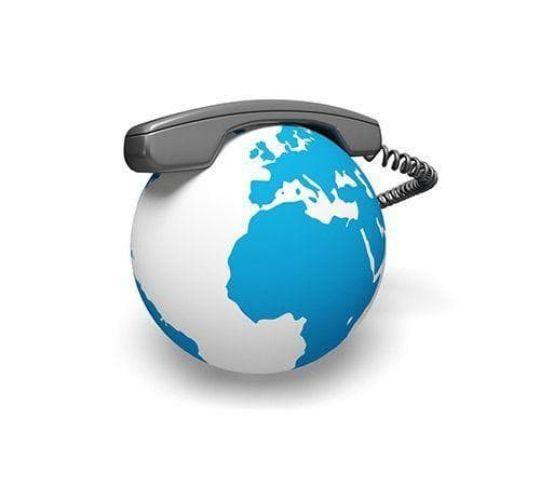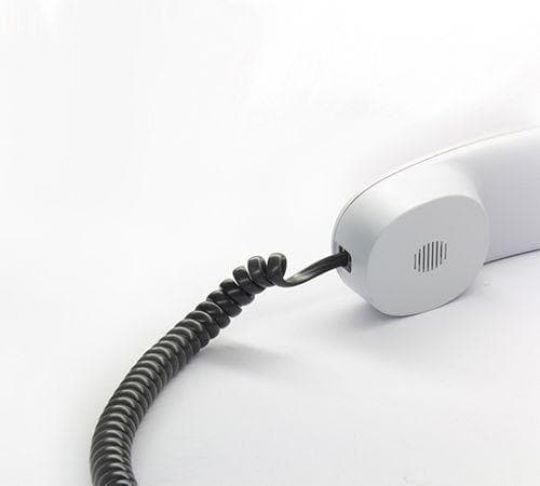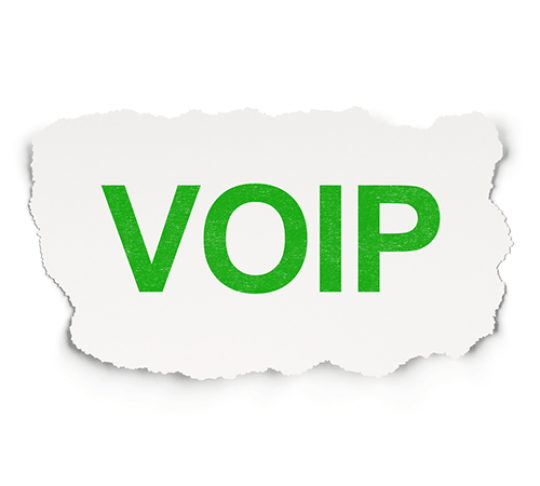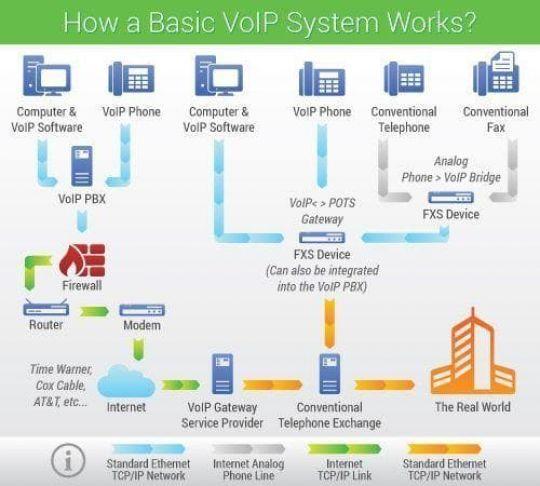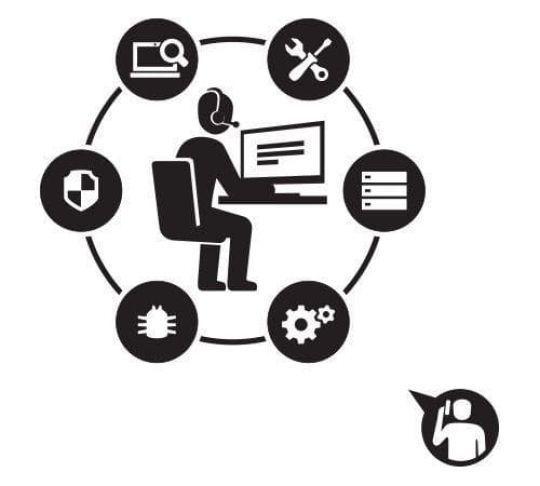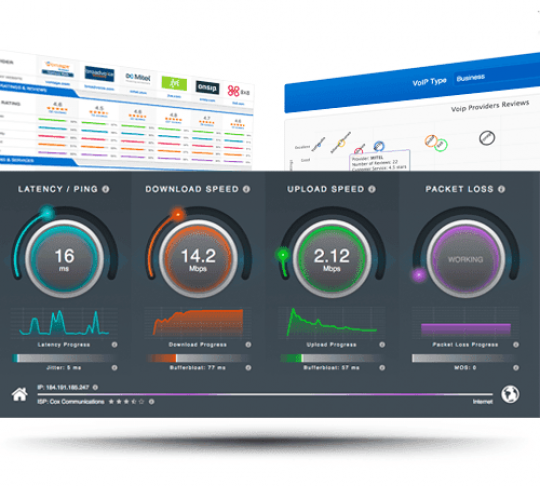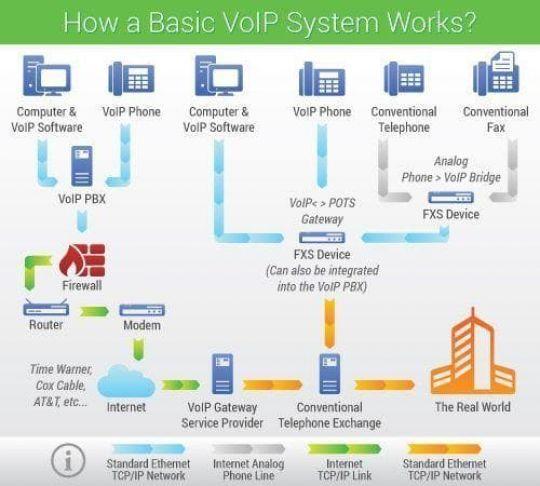
How Does VoIP Work?
VoIP is an innovative way to make cheap phone calls
VoIP phone service (Voice over IP; also known as digital phone service, digital telephony, or broadband phone) replaces your phone line with a high-speed Internet connection. It's that simple.
While traditional telephone service compresses your voice into a frequency on a wire, VoIP compresses the sound of your voice into packets of data. These compressed data packets are then sent over the Internet. When the data reaches the final destination, it is converted back to sound. If use VoIP to call someone on the traditional phone network (the "PSTN" or Public Switched Telephone Network), the VoIP call is converted to sound once it reaches the network and the call is routed normally. The difference is that you've paid a lot less for that call by using a VoIP service provider.
If you're a visual learner, the diagram to the right will help to show you how VoIP calls are routed. The most typical call path is phone-to-phone, which you can trace in the diagram from the Conventional Telephone to The Real World. This is what your call path will look like when it's routed by a VoIP company to the PSTN.

